Lawn Sprinkler Winterization Service
Proper winterization of lawn sprinkler systems is essential to prevent damage caused by freezing temperatures. Ensuring the system is correctly prepared helps maintain its functionality and longevity.
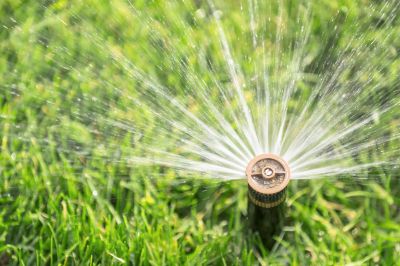
A lawn sprinkler system prepared for winter with protective measures.
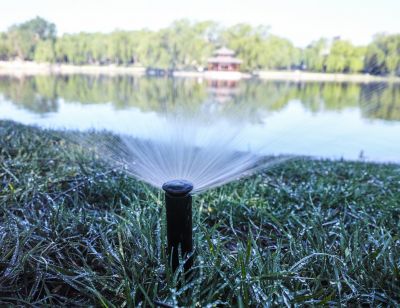
Components safely drained and protected from frost.

Ways to make lawn sprinkler winterization work in tight or awkward layouts.

Popular materials for lawn sprinkler winterization and why they hold up over time.
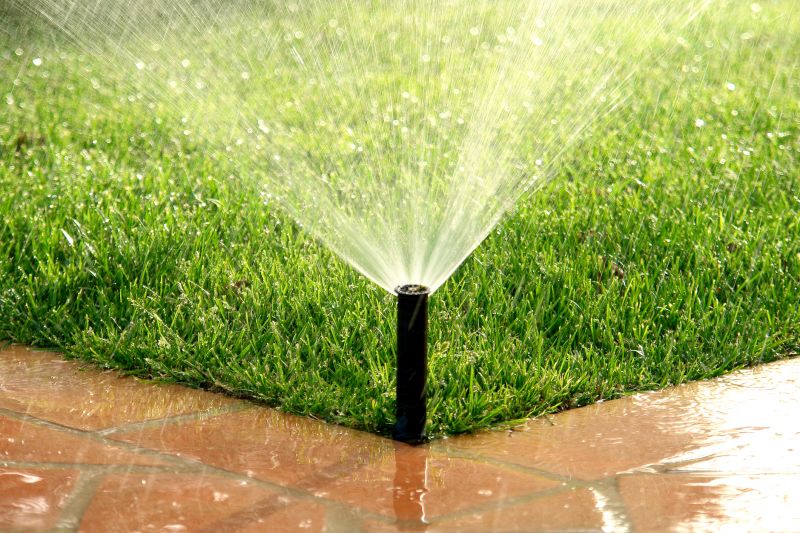
Simple add-ons that improve lawn sprinkler winterization without blowing the budget.

High-end options that actually feel worth it for lawn sprinkler winterization.
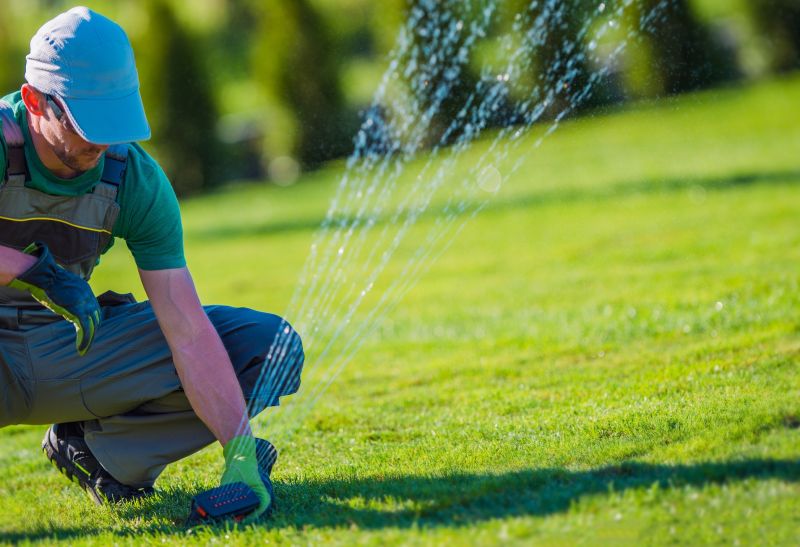
Finishes and colors that play nicely with lawn sprinkler winterization.
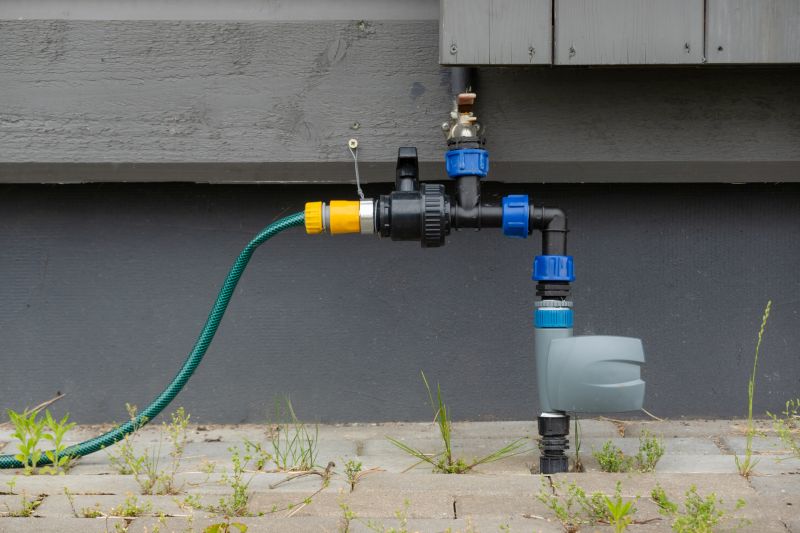
Little measurements that prevent headaches on lawn sprinkler winterization day.
The optimal time to winterize a sprinkler system is before the first hard freeze, typically in late fall.
Failure to winterize can lead to burst pipes, broken valves, and costly repairs.
Professional technicians ensure thorough draining and protection, reducing the risk of system damage.
The process involves draining remaining water, blowing out lines with compressed air, and protecting components from freezing.

Using compressed air to remove residual water from sprinkler lines.

Open drain valves to release water and prevent freezing.

Covering exposed components to shield from winter conditions.

A 60-second routine that keeps lawn sprinkler winterization looking new.

A frequent mistake in lawn sprinkler winterization and how to dodge it.

Small tweaks to make lawn sprinkler winterization safer and easier to use.

Lower-waste or water-saving choices for lawn sprinkler winterization.

The short, realistic tool list for quality lawn sprinkler winterization.

A fully protected system ready for winter.

Specialized tools used for efficient winterization.

Components safeguarded against freezing damage.

System ready for activation after winter.
| Aspect | Details |
|---|---|
| Best Time for Winterization | Before the first hard freeze, typically late fall. |
| Potential Dangers of Not Winterizing | Burst pipes, cracked valves, system failure. |
| Why Use Professionals | Ensures thorough draining, proper protection, reduces risk of damage. |
| Key Steps in Process | Drainage, blowing out lines, protecting components. |
| Signs System Needs Winterization | Unusual noises, leaks, or system not functioning properly before cold weather. |

Water is drained from the system to prevent freezing.

Compressed air used to clear water from pipes.
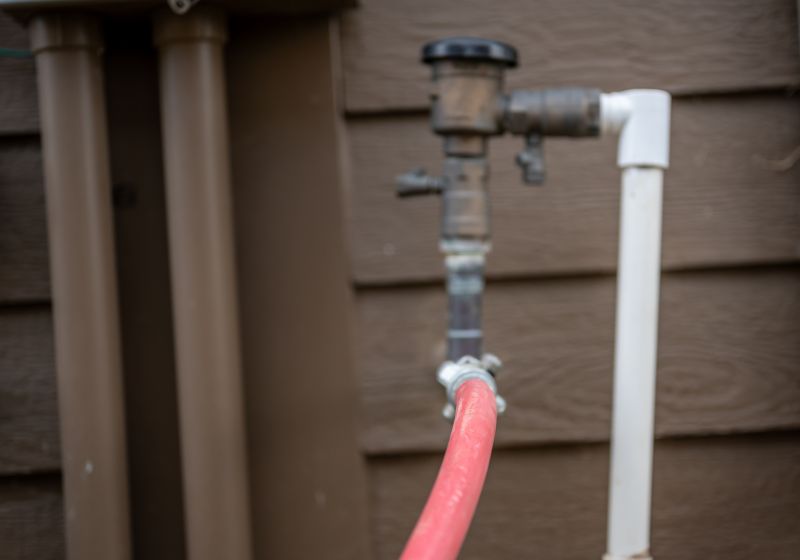
Insulation and coverings applied to vulnerable parts.
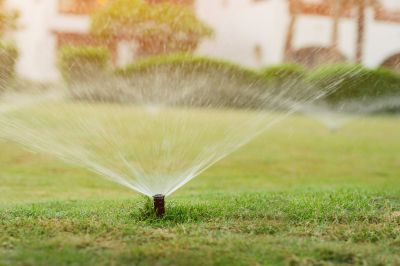
System being prepared for spring use.
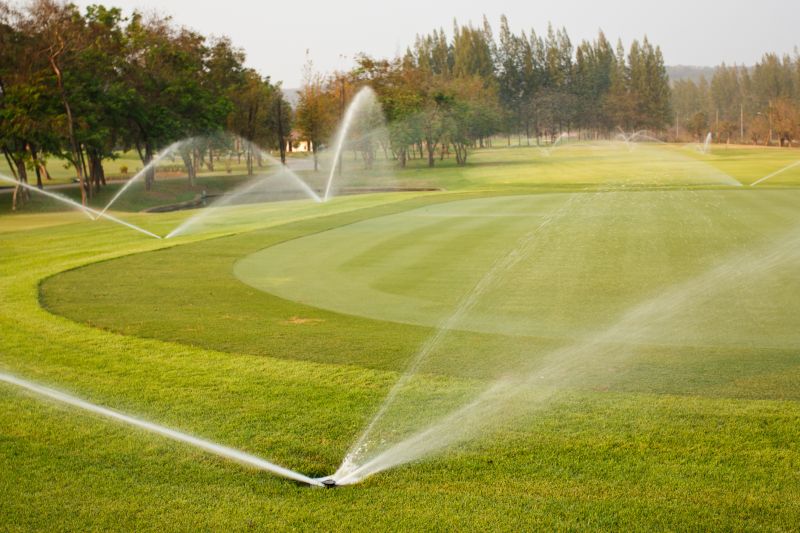
Rough timing from prep to clean-up for lawn sprinkler winterization.
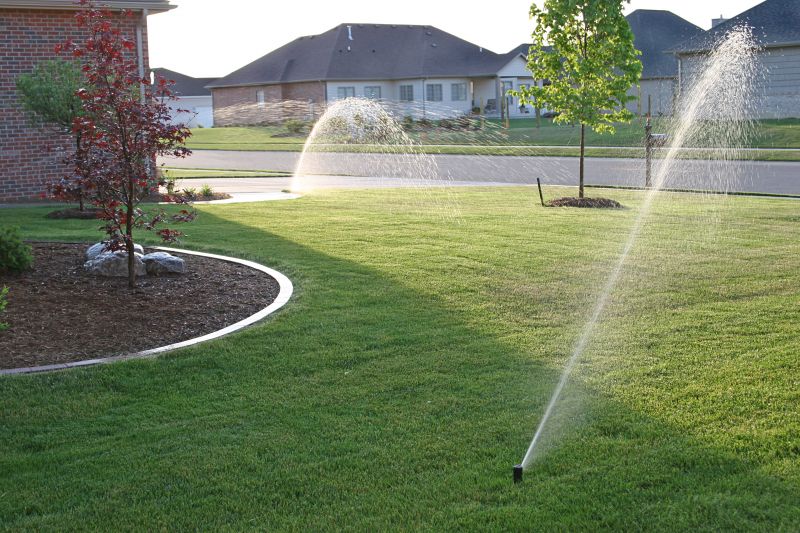
Quick checks and paperwork to keep after lawn sprinkler winterization.
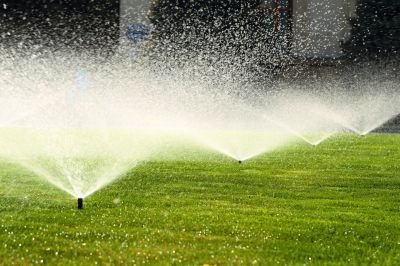
Examples that show the impact a good lawn sprinkler winterization can make.
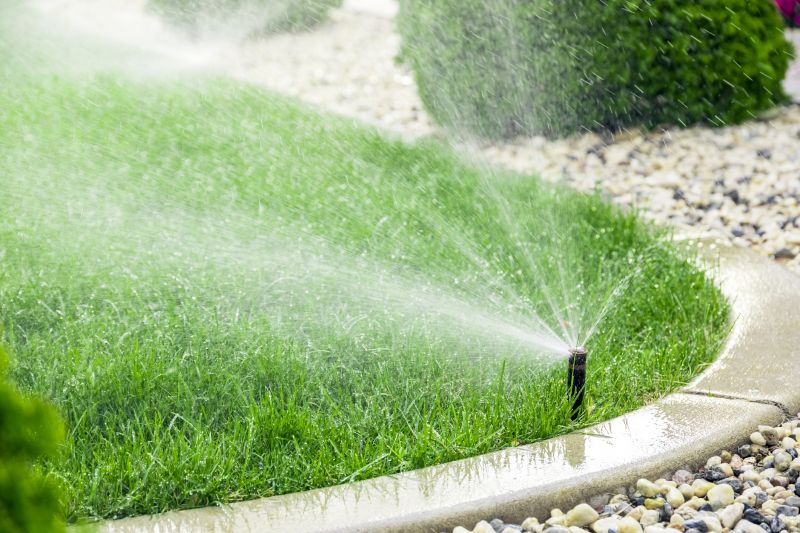
Ways to make lawn sprinkler winterization work in tight or awkward layouts.
Proper winterization helps maintain system integrity and prevents costly repairs. Regular maintenance by experienced professionals ensures the sprinkler system remains functional year after year.
For a comprehensive sprinkler winterization service, filling out the contact form can provide a personalized quote and schedule an appointment to protect the system during cold months.
